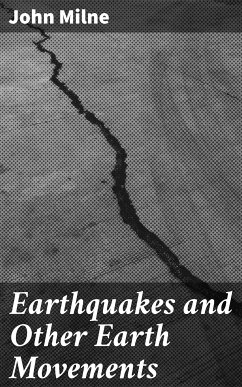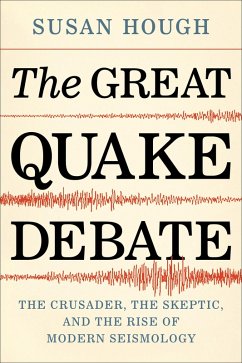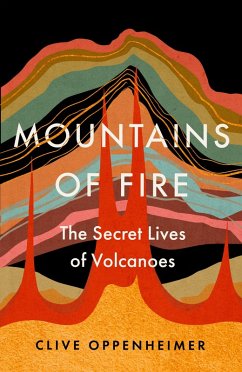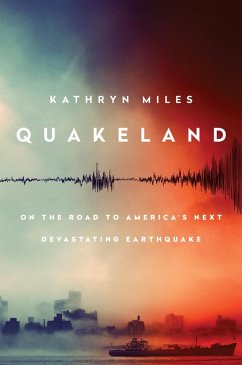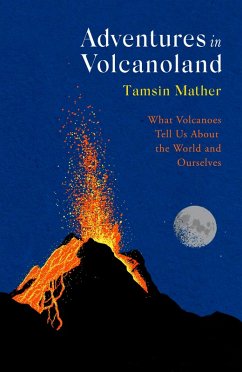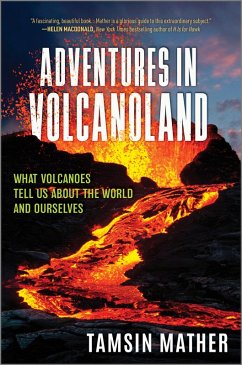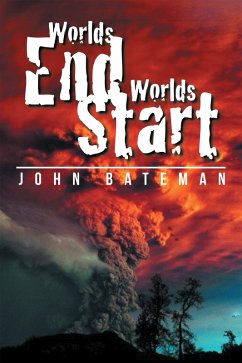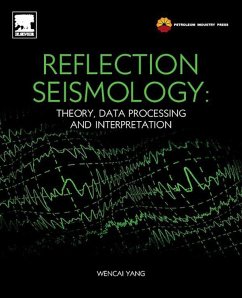
Earthquakes and Other Earth Movements (eBook, ePUB)
Versandkostenfrei!
Sofort per Download lieferbar
0,49 €
inkl. MwSt.
Weitere Ausgaben:

PAYBACK Punkte
0 °P sammeln!
In "Earthquakes and Other Earth Movements," John Milne presents a comprehensive exploration of seismic phenomena, blending meticulous scientific analysis with a compelling narrative style. Milne, often hailed as the father of modern seismology, delves into not only the mechanics of earthquakes but also their geological implications and effects on human society. The book is characterized by its meticulous attention to empirical data, interspersed with illuminating anecdotes that contextualize the scientific content within the broader framework of 19th-century understanding of earth sciences, la...
In "Earthquakes and Other Earth Movements," John Milne presents a comprehensive exploration of seismic phenomena, blending meticulous scientific analysis with a compelling narrative style. Milne, often hailed as the father of modern seismology, delves into not only the mechanics of earthquakes but also their geological implications and effects on human society. The book is characterized by its meticulous attention to empirical data, interspersed with illuminating anecdotes that contextualize the scientific content within the broader framework of 19th-century understanding of earth sciences, laying the groundwork for future research in seismology. John Milne's profound knowledge stemmed from his extensive studies in geology, engineering, and the evolving field of seismology during a period of rapid scientific advancement. His personal experiences of living through multiple earthquakes fueled his desire to understand the underlying causes and propose a systematic approach to monitoring and mitigating their impacts. This unique blend of personal and professional motivations informs the depth and breadth of his work, positioning him as a pivotal figure in the advancement of seismological methodology and research. For readers interested in the intersection of natural phenomena and human experience, Milne's work remains essential. Its insights not only deepen our understanding of earthquakes but also foster a greater appreciation for the dynamic processes that shape our planet. This book is invaluable for researchers, students, and anyone with a curiosity about the forces of nature that continue to influence human history.
Dieser Download kann aus rechtlichen Gründen nur mit Rechnungsadresse in A, B, BG, CY, CZ, D, DK, EW, E, FIN, F, GR, H, IRL, I, LT, L, LR, M, NL, PL, P, R, S, SLO, SK ausgeliefert werden.




